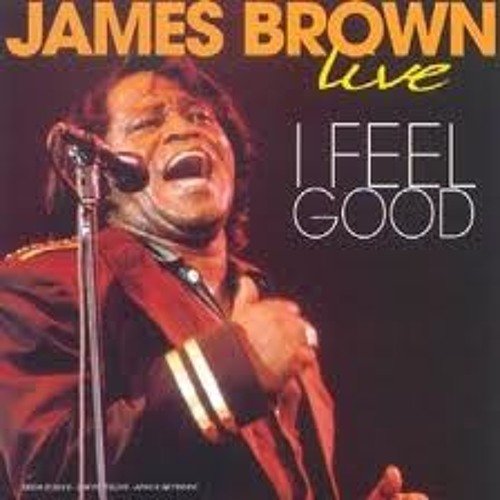We all need something to make us smile, and I can practically guarantee the following will provoke a smile—perhaps even a chuckle. It's an unusual and amusing photo of the best drum student I ever had.
Read moreEnding on an Upbeat
Another sticking challenge from that rascal sage, Joel Rothman
Read moreOH, MY ACHING NECK & BACK
When I was younger, studying full percussion, my piano teacher was always trying to get me to sit up straight. Easier said than done. And while practicing drums and mallets it’s near impossible to not be bending over.
Read moreGetting Your Drum Book Published
Most of the time I find the writer has not done their homework in researching other books to discover what has been published on the same subject. That research can take a lot of time, but it’s necessary if you don’t want to waste your time submitting material that's already available.
Read moreThe Family of Paradiddles
Aside from single and double strokes, paradiddles are the most often used sticking patterns in drumming. In the family of paradiddles there are four standard types—single paradiddles, double paradiddles, triple paradiddles, and paradiddle-diddles. The following highlights each family along with their inversions.
Read moreI'll see you in the funny papers!
The guitarist was great, but the other members of the group had one pet peeve about him
Read moreCompound or Odd, That is the Question
Ask a musician what kind of time signature is 9/8 and you’ll no doubt get the answer, it’s compound time.
Read moreCymbal & Snare Rock Beats in 5/8 Time
Some of you may disagree, but to my mind playing time behind a drum set, whether it be rock, jazz, latin, or any other genre of music has to do mainly with the cymbals and snare.
Read moreAnd now for something completely different!
and now for something completely different!
Read moreReading Rhythm Across The Bar Line
How to read those awkward across the bar line figures.
Read moreEtude Brute?
The following etude features eighth triplets and parts of eighth triplets.
Read moreRepeat After Me
The following etude is a primary example of the idea that things sometimes look simpler than they are. It’s comprised of just quarter and eighth notes, but you have to concentrate in order to play from start to finish without stopping and, of course, without making a mistake.
Read moreThe Paradiddle Bible and the Humble Single Paradiddle - Part 2
Linear paradiddle exercises between the cymbal, bass drum, and snare drum.
Read more“Feel Good” Aspects Of Playing Drums
When I was a kid, after hours trying to develop an open double stroke roll, I got a great feeling when suddenly discovering I achieved the ability to play clean, even, and fast double strokes with its resulting machine gun effect. The same holds true for many other aspects of learning to play my instruments.
Read moreSweet Sixteenth
Many drummers feel “uneasy” when having to read a piece in sixteenth time. The uneasy feeling has to do simply with the fact that there’s not much in the way of reading exercises when one is first developing the skill to read rhythm. And the music can look a little frightening if there’s a lot of sixty fourth notes. But you can think of sixty fourth notes in sixteenth time as no more than sixteenth notes quarter time.
Read moreA Significant Problem In Reading Rhythm
Having to read combinations of rhythm that are divided by two to a beat then three to a beat within the same bar can sometimes represent a significant problem for beginning students.
Read moreAll Tied up
I’ve found that many drummers have difficulty when a drum arrangement is full of tied notes. No doubt one of the reasons has to do with the lack of practice reading material with tied notes in drum books.The rhythm in the following etude is simple, but it’s replete with ties. Reading it perfectly at sight may prove challenging even for drummers experienced in reading charts
Read moreNAIVE OR JUST PLAIN STUPID?
I was actually unaware that there were tiny bottles of liquor for sale--I simply assumed they were free samples given to hotels for their guests as advertisements. Before going home I took all the small bottles from the fridge thinking I would give them to friends, and packed them into my drum case with the snare.
Read moreCymbal/Snare Coordination w 16th Notes
The following article shows what I consider 40 basic two-way coordination patterns between the eighth note rock cymbal pattern and snare drum using sixteenth notes.
Read moreThe Single Stroke Four (Four Stroke Ruff)
The Single Stroke Four, which I prefer to call the Four Stroke Ruff, is one of the most lovely-sounding rhythmic embellishments played by drummers when executed perfectly, either with brushes or sticks. And it is used quite often by most players. But the ruff is not easy to perform exactly right every time. I’ve heard even top-notch drummers mess it up once in a while. The exercises below will go a long way in helping any
drummer develop or polish up this wonderful rudiment.
Read more









